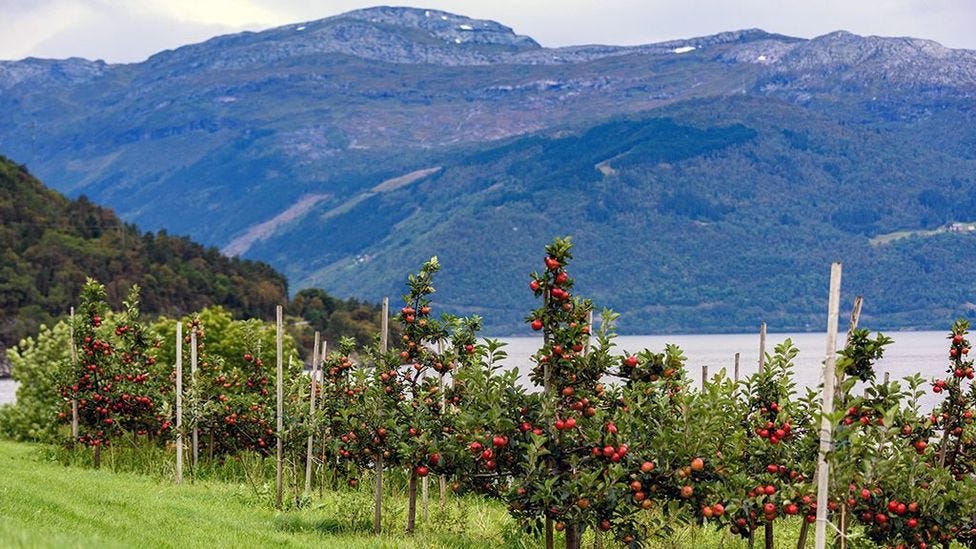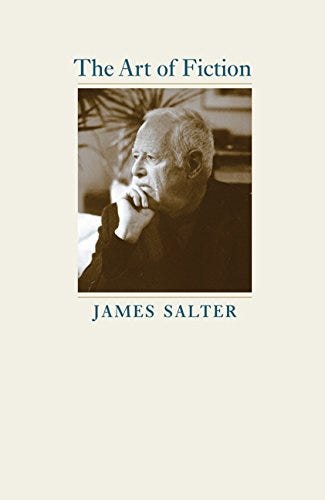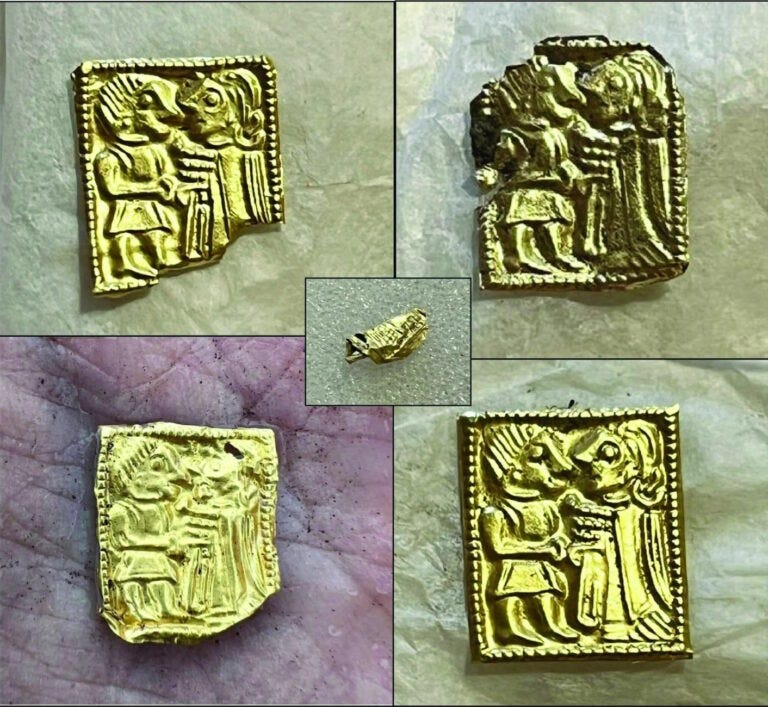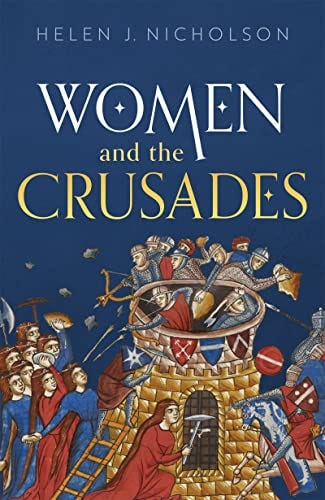I’m starting a Friday tradition. I’m sharing five links to interesting medieval news I’ve read in the last week. Plus a (new) book recommendation.
Robert de Sablé gets recovered.
From medievalists.net: a rehabilitation of Robert de Sablé. Robert was a protégé of Richard the Lionheart, and went on Crusade with him. While they were in the Holy Land, Robert became Grand Master of the Knights Templar. In recent years, his reputation has taken a beating because the video game Assassin’s Creed turned him into a villain. Dr. Steve Tibble recovers his reputation.
https://www.medievalists.net/2023/09/robert-of-sable-from-british-templar-to-video-game-villain/
I differ with Dr. Tibble on one interesting point: he claims the Templars made Sablé their Grand Master in an attempt to win favor with Richard. I think he’s got it backwards: Richard inserted Sablé as Grand Master so that his ally controlled this powerful medieval organization, trading ownership of Cyprus for much needed Crusade funds. At least, that’s how I play it in my work-in-progress book:
The Vikings drank cider, not beer?

I have my wife to thank for this next link, which she found. It’s an argument that the Vikings made and drank a lot of cider. This from the BBC Travel website.
https://www.bbc.com/travel/article/20230920-the-rebirth-of-norways-cider-tradition
The Winter King is on TV
In case you have noticed, the Arthurian novel/series The Winter King has been made into a TV series. I’m interested in this as Excalibur shows up in both Richard’s actual history, and in my work-in-progress. My history of Excalibur here.
Here’s a trailer for the show. I haven’t watched it yet, as I want to read the book first. Reviews have been mixed. Your mileage may vary.
Gold! Gold! Gold!
Norwegian archaeologists have unearthed five paper-thin stamped gold squares in Vingrom outside Lillehammer. The pieces are tiny, about the size of a fingernail, and as thin as paper or aluminum foil. They are typically stamped with figures of men and women in elegant clothes standing facing each other. They date to Norway’s Merovingian period, the era from 550 A.D. to the dawn of the Viking age in 793 A.D.
More here: https://www.thehistoryblog.com/archives/68298
The Crusades were hard on people
The crusades were surely hard on the participants. Spurred by religious fervor, many made the journey to the Levant, only to die, or return home wizened, remorseful or suffering from PTSD. Here is one account, from the Fourth Crusade.
On the Paths of Hugues de Berzé: A Repentant Crusader Knight
Book of the Week
Dr. Helen Nicholson is Emerita Professor Medieval History and a leading expert on the Crusades and the Templars. She translated the Itinerarium Peregrinorum et Gesta Regis Ricardi, Richard de Templo’s contemporary account of Richard’s journeys on the Third Crusade. Her most recent book is Women of the Crusades. More here: https://gawainsmum.wordpress.com/2023/02/20/women-and-the-crusades-2/








